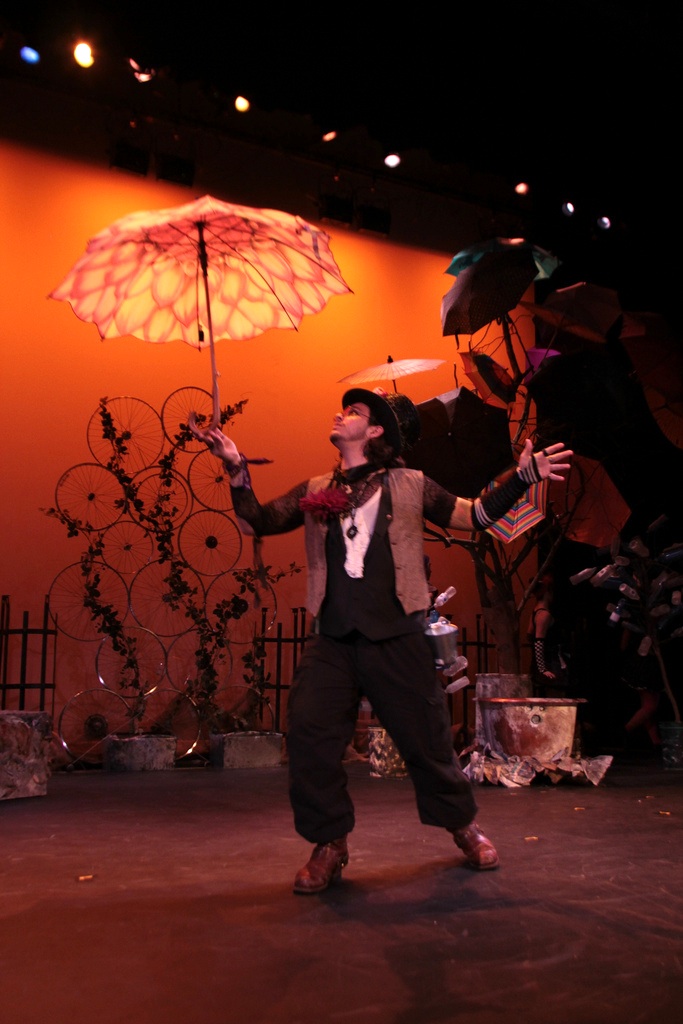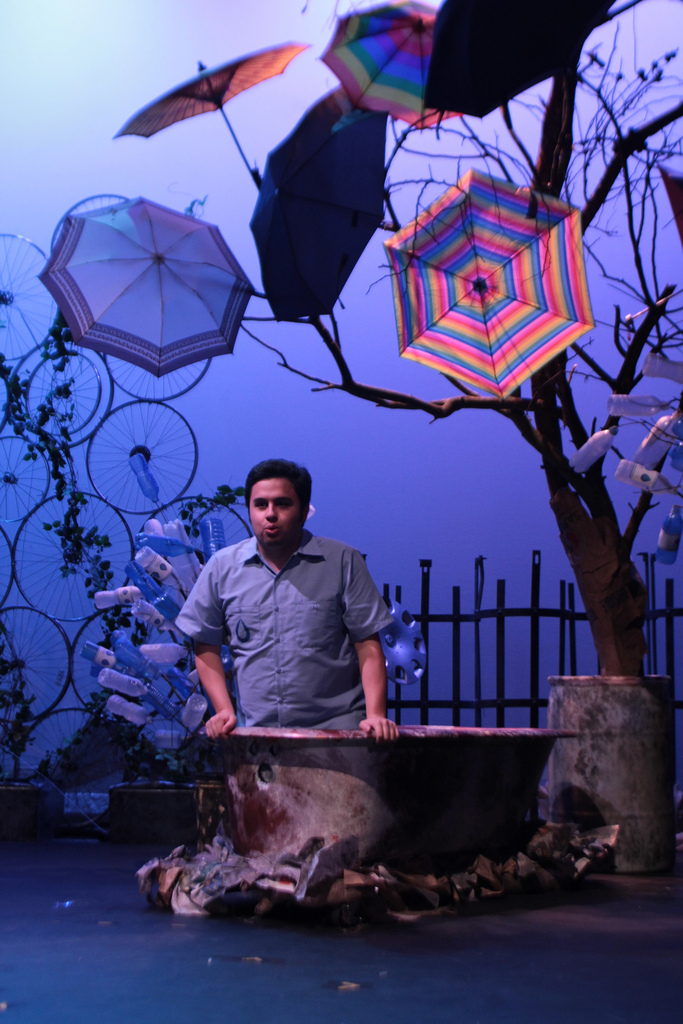MND
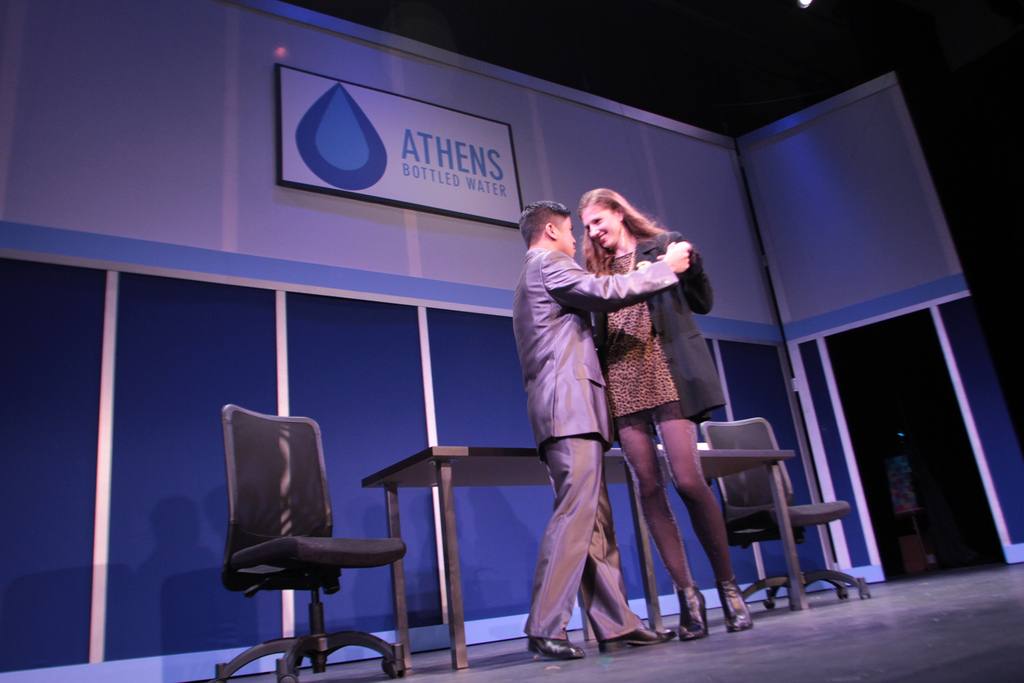

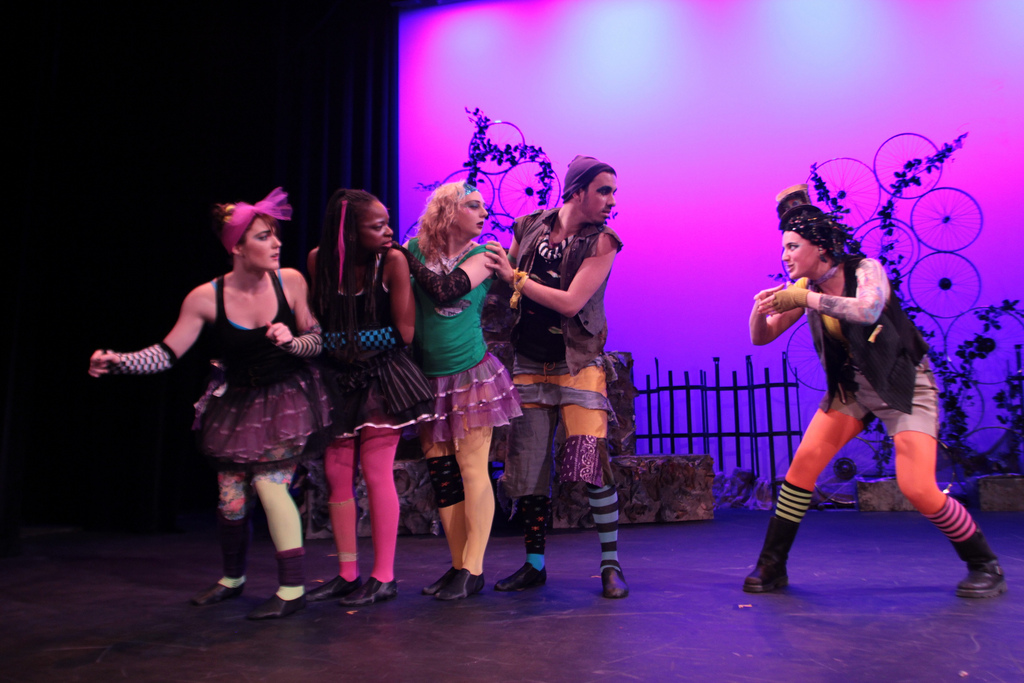
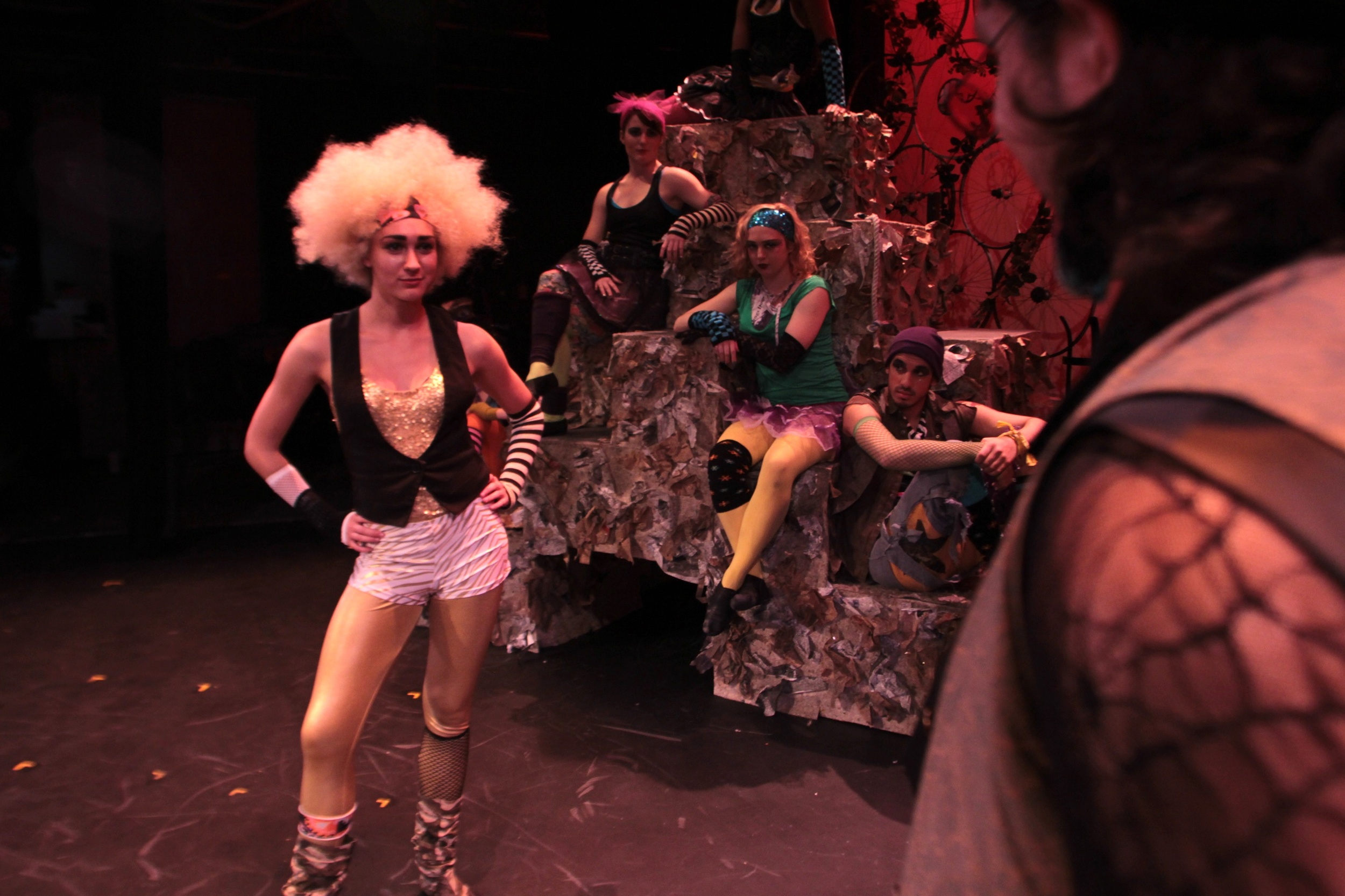
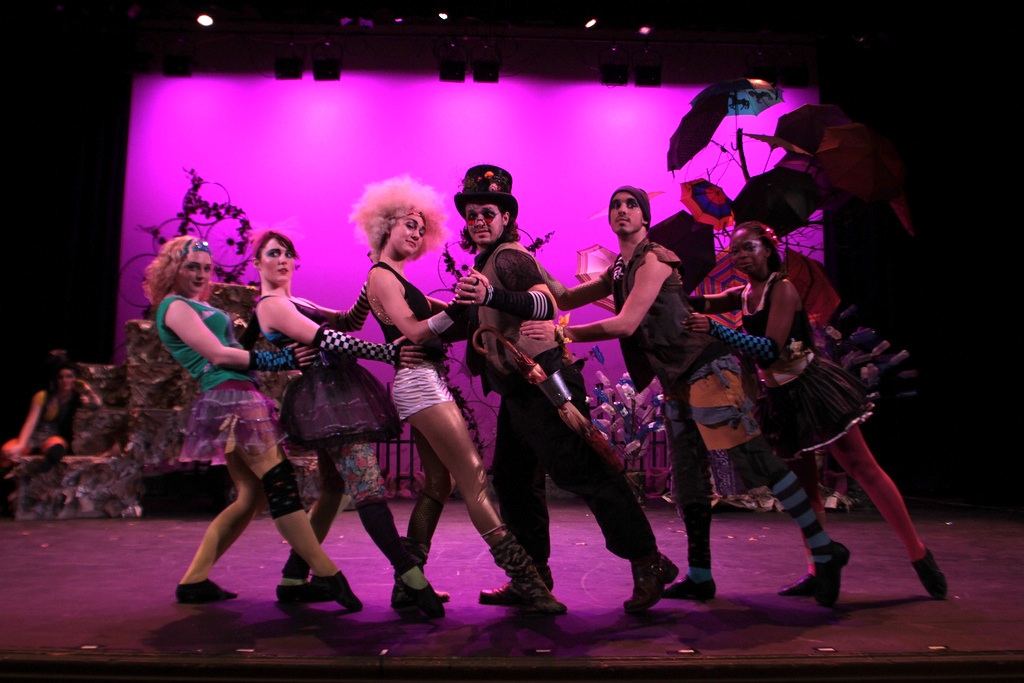
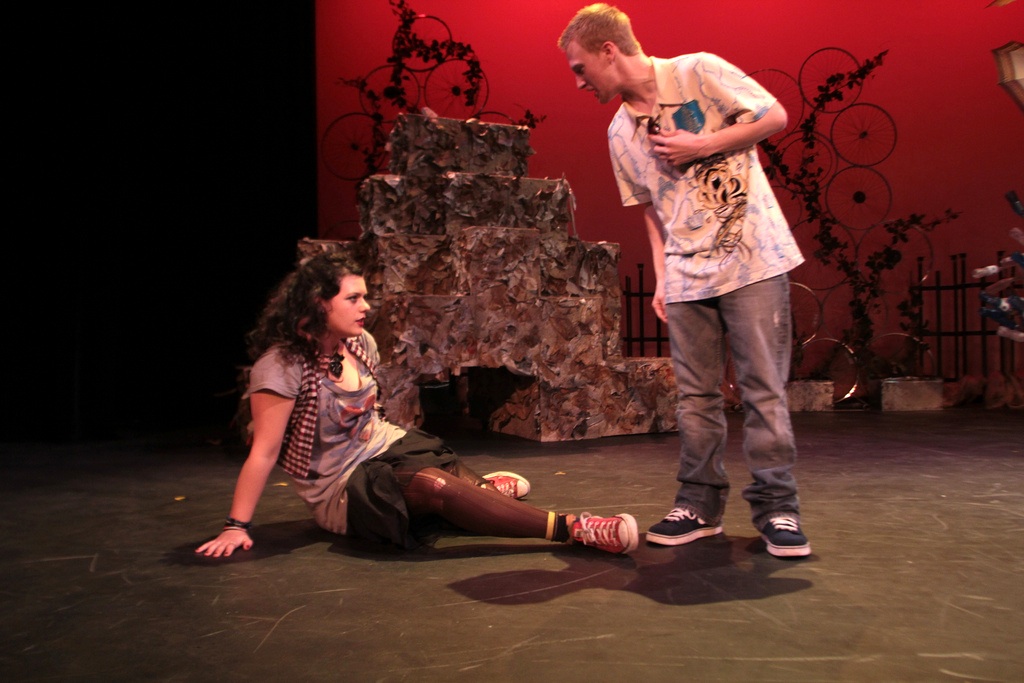
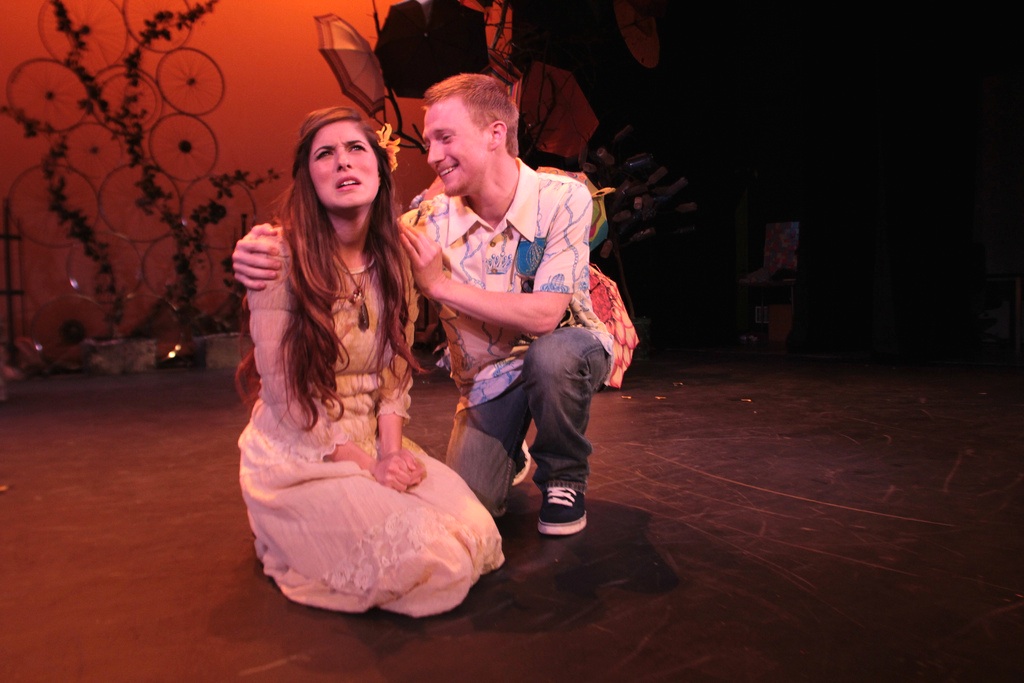
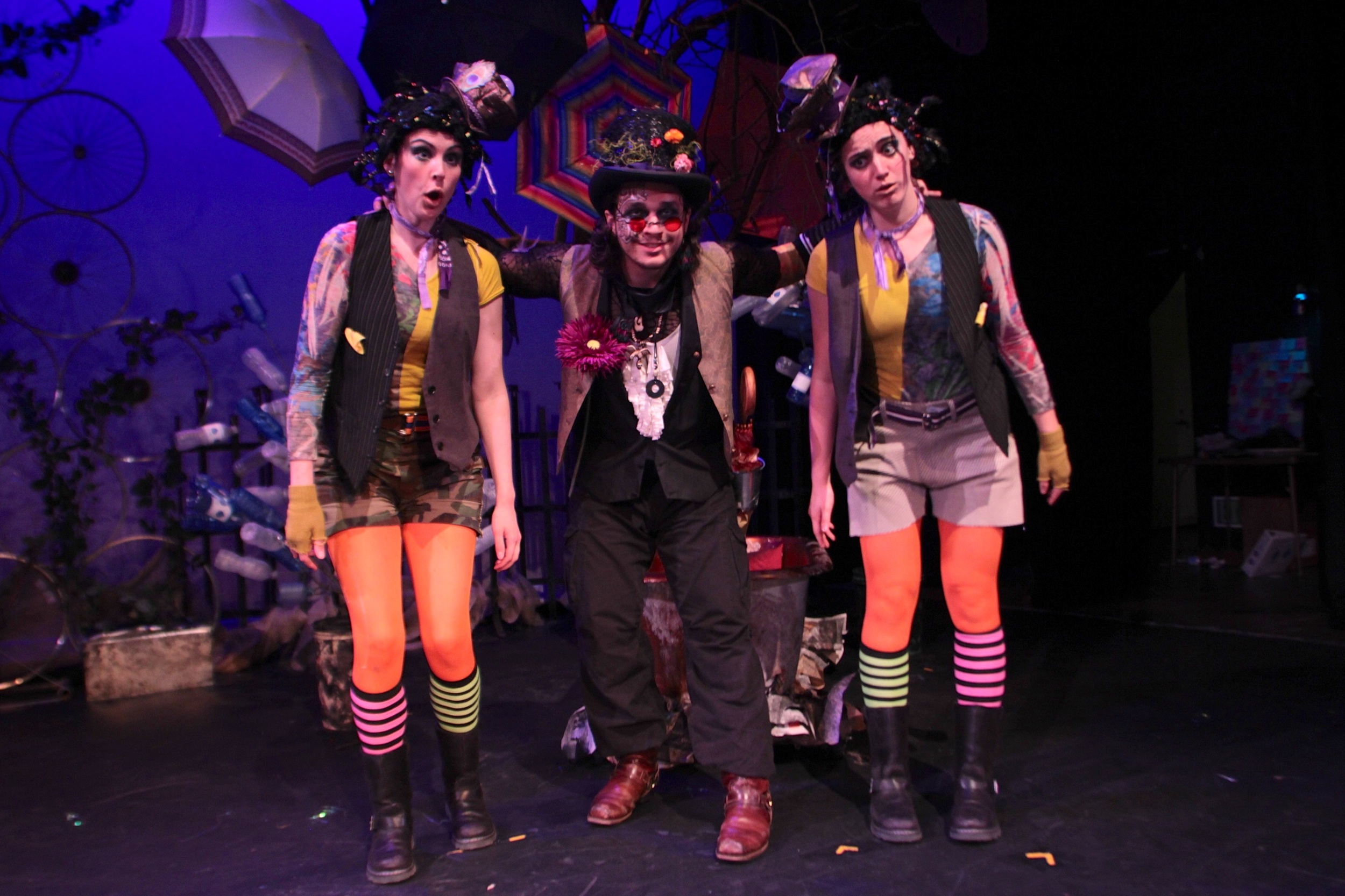
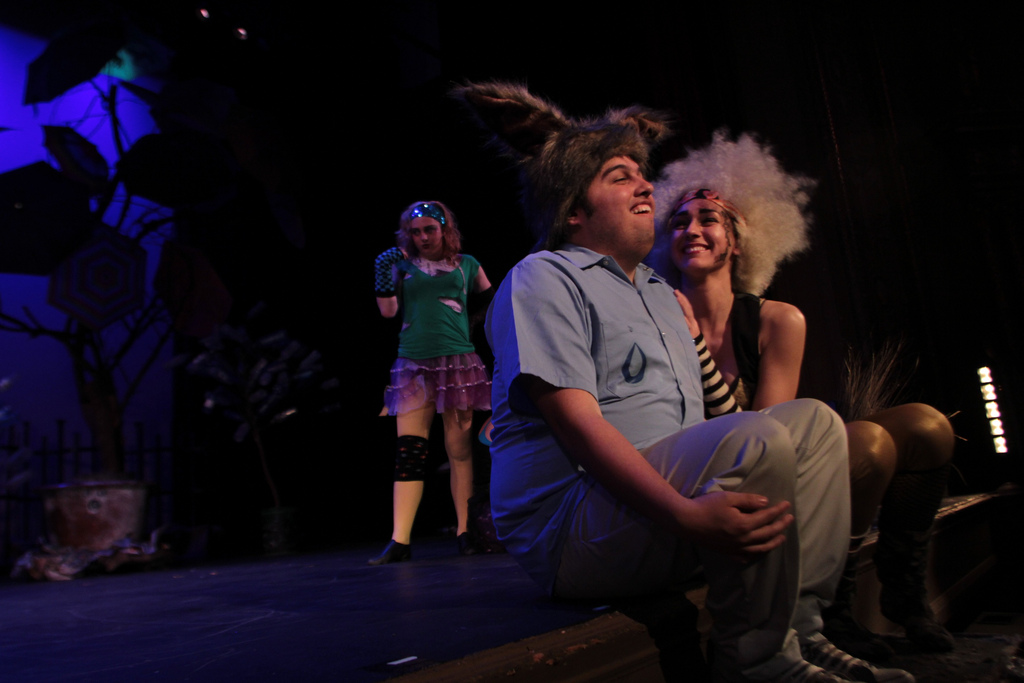
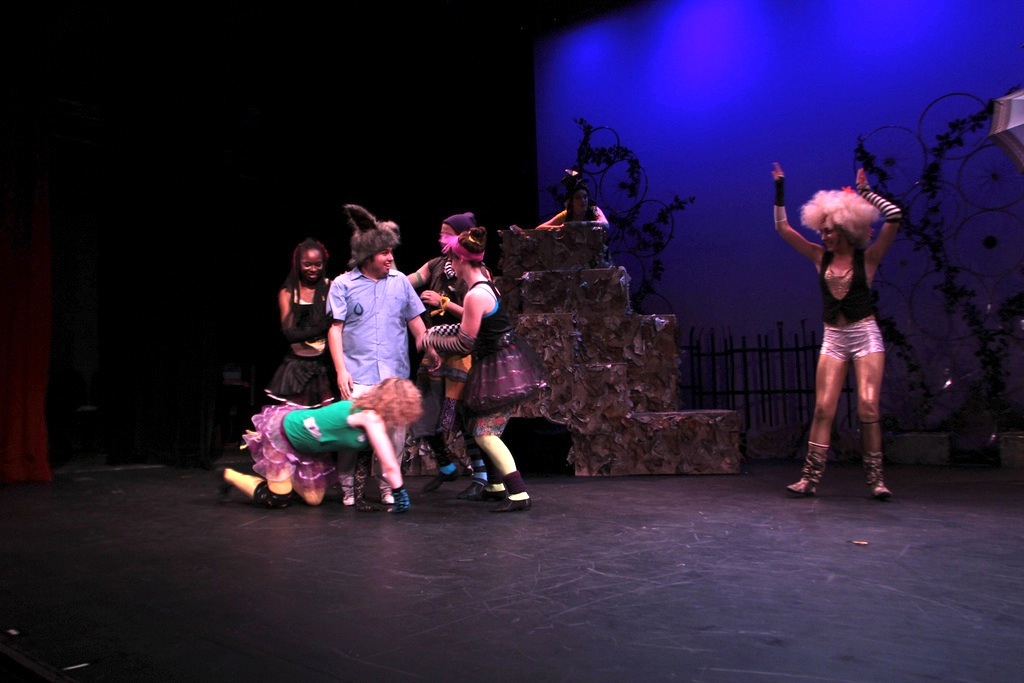

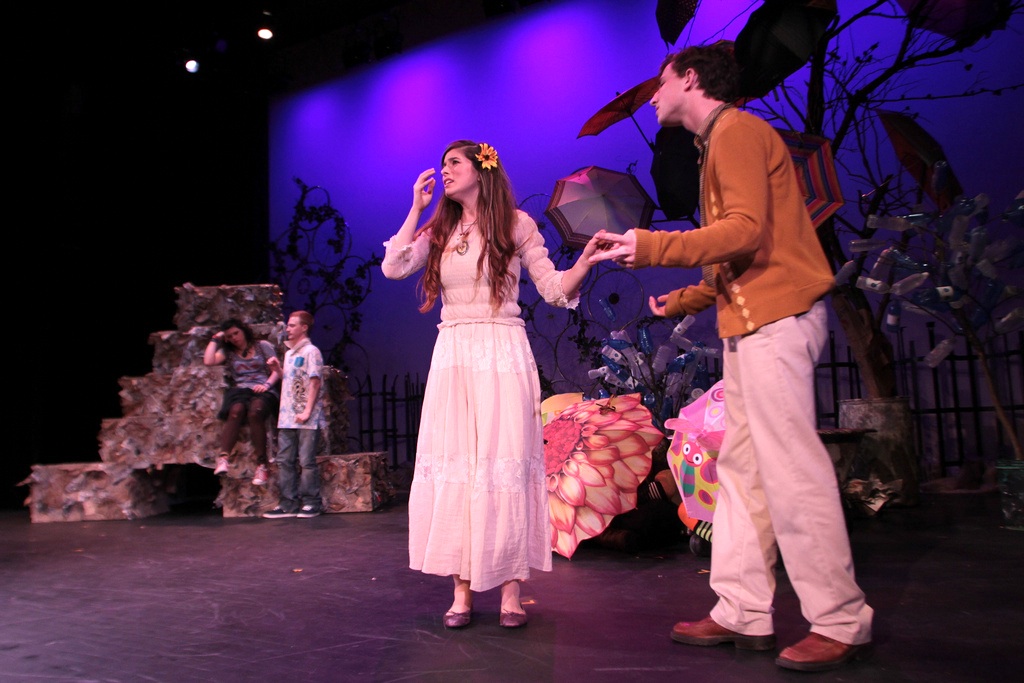
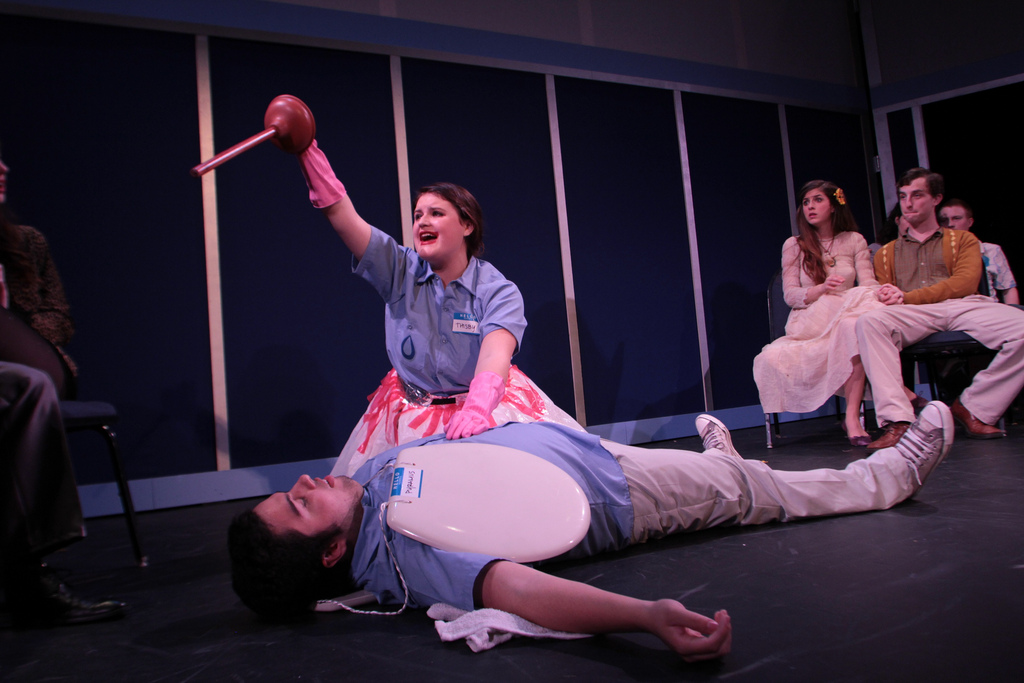
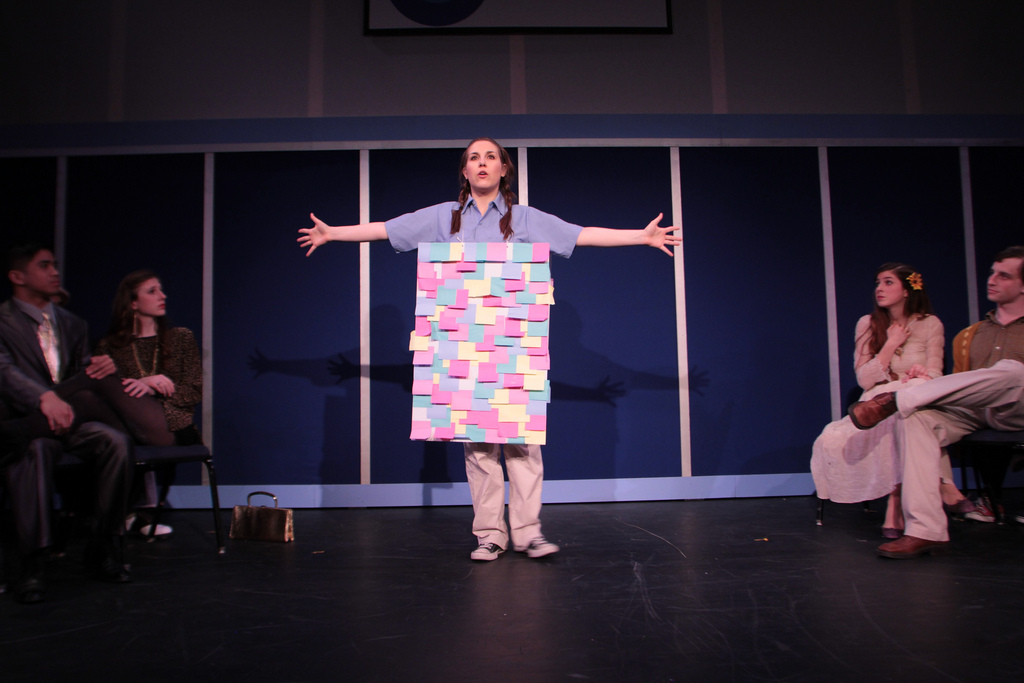
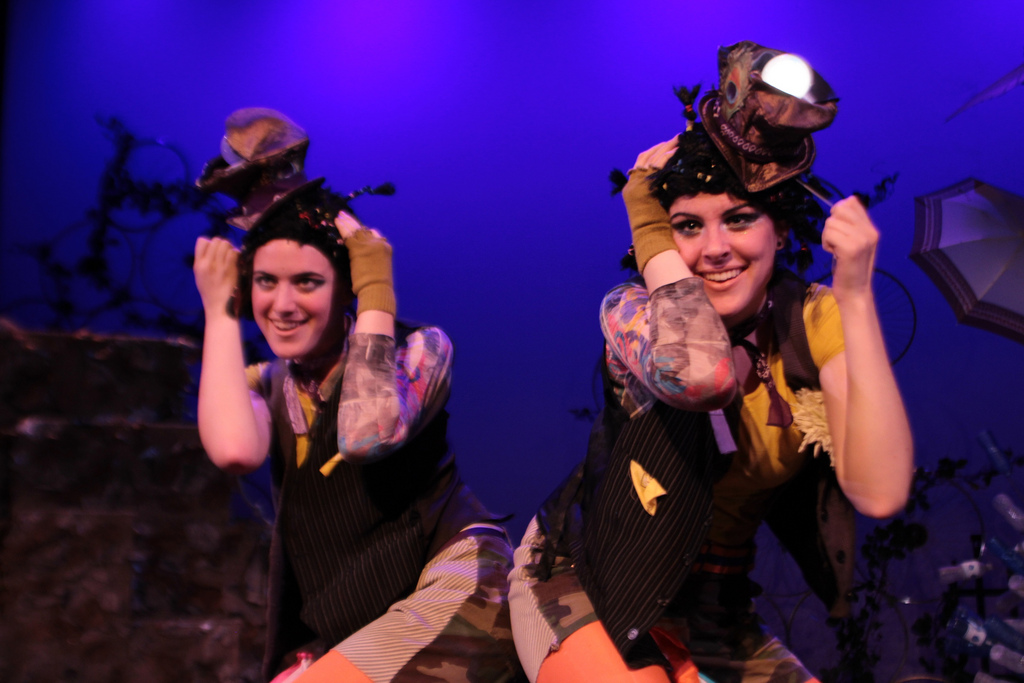
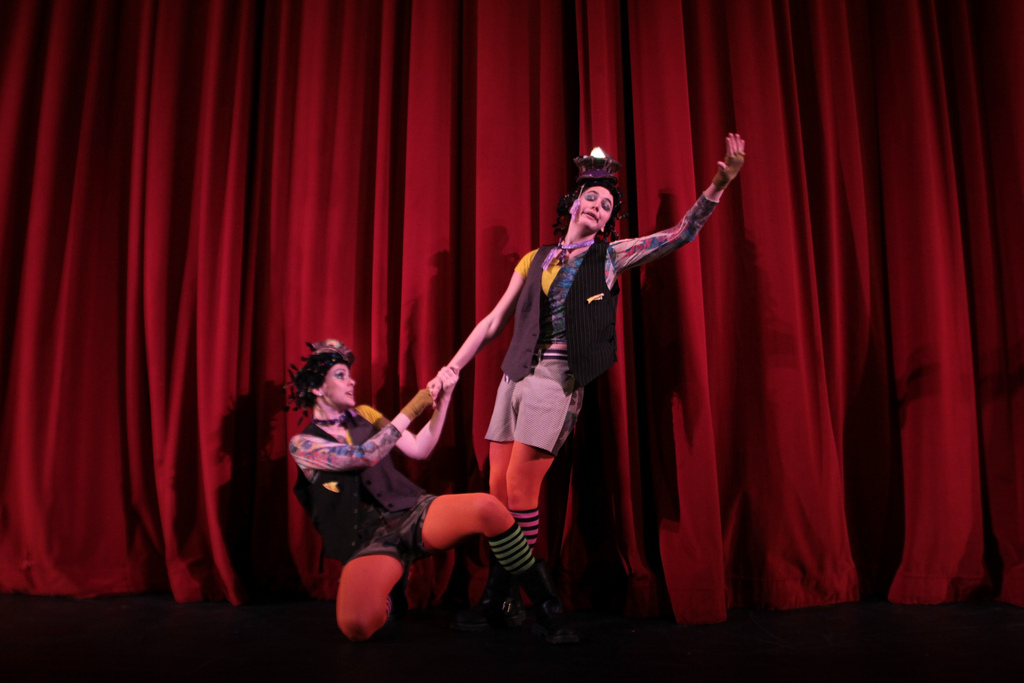
A Midsummer Night’s Dream
William Shakespeare (Playwright)
Christine Young (Director)
Produced by University of San Francisco
March 4 – 6, 2012
A magical comedy about love, mistaken identity, and the power of transformation told through feminist and ecological lenses.
Cast: Justin Parucha (Theseus); Janelle Neczypor (Hippolyta); Tessa Fleming (Philostrate); Dhruv Bali (Egeus); Alia Al-Sharif (Hermia); Julian Micallef (Demetrius); David Silpa (Lysander); Victoria Martinez-Lavin (Helena); Tess Bellomo (Puck 1); Katie Scardino (Puck 2); Forest Neikirk (Oberon); Lauren Lasorda (Titania); Natasha Bojkovic (Peaseblossom); Jocelyn Hall (Cobweb); Esther Bramlett (Moth); Eric Garcia (Mustardseed/Dance Captain); Daniel Martinez (Bottom/Pyramus); Melelani Satsuma (Quince); Hannah Bear (Flute/Thisby); Laura Schuhriemen (Snout/Wall); Layci Nelson (Snug/Lion); Megan Tomasetti (Starveling/Moonshine)
Artistic Team: Natalie Greene (Choreography); Setphanie Hunt (Vocal Coach); Cecelia Rehm (Dramaturg); Mellie Katakalos (Set Design); Gabe Maxson (Lighting Design); Rebecca Cross (Costume Design); Will McCandless (Sound Design); Caela Fujii (Props Design); Junelle Taguas (Stage Manager); Alex Woolman (Assistant Director/Stage Manager); Cecelia Rehm (Costume Assistant); Kelley Greer (Makeup Artist); Derek Whitmore, Andrew Philbrick (Stage Crew); Gabe Maxson (Production Manager); Joshua McDermott (Technical Director)
Director's Note
“You may say that I'm a dreamer,
But I'm not the only one.
I hope someday you'll join us
And the world will live as one.” -John Lennon
What can a 400-year old play teach us about how to live our lives today? This is the central question that a director, designers, and actors must answer when tackling one of Shakespeare’s plays. Despite the timeless appeal of the Bard's characters and plots, and the inventive beauty of his language, every contemporary production must find a way to anchor itself to something meaningful and relevant to the social moment in which it is being performed.
For our production, we began our investigation of “Why do this play now?” by thinking about the differences between the two social environments in the play: the hierarchical and structured Athenian Court and the free-spirited and fantastical Forest. The opposition between these two spaces in the play made us wonder where in our contemporary lives we experience similar kinds of tension – moments when we feel pulled in two directions at once.
Living in environmentally-conscious San Francisco, it is easy to feel torn between our desire to live more sustainably (“Reduce, Reuse, Recycle!”) and our need to conveniently navigate our urban landscape (“Uh oh! I forgot my stainless-steel SIGG bottle, so now I need to buy bottled water to get through my day!”) Despite conscious choices we make in some areas like travel (bicycle/bus) or food (organic/locally-grown), it is difficult to be a conscious consumer in every area of our lives. While I’m remembering to work on reducing my carbon footprint, I may be forgetting that the coltan used to power my cell phone is contributing to civil war in Congo.
This play reminds us that every choice we make has a consequence – not just for ourselves - but also for those around us and even for the world. But the play is also a comedy! So rather than depressing us with the stark realization that we often impact others in unintended ways, Shakespeare offers us the invigorating possibility that the power to creatively re-envision our world always lies within us. Through love, imagination, and the willingness to keep exploring the tensions in our lives, we have the capacity to turn today’s trash into tomorrow’s treasure.
Related Pages ∞
